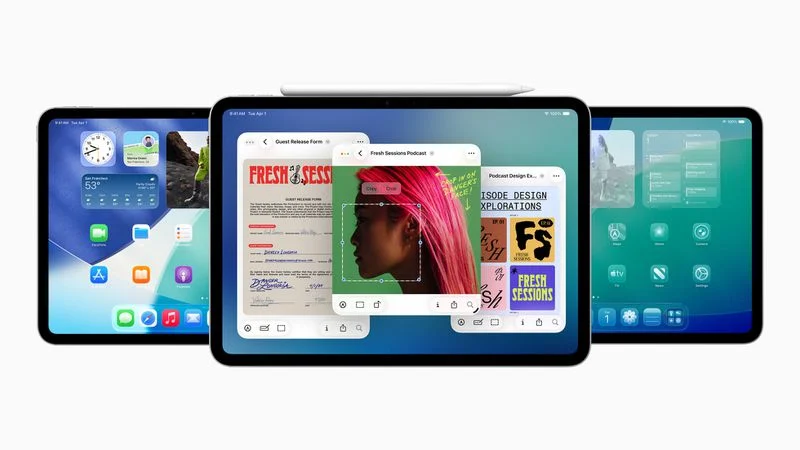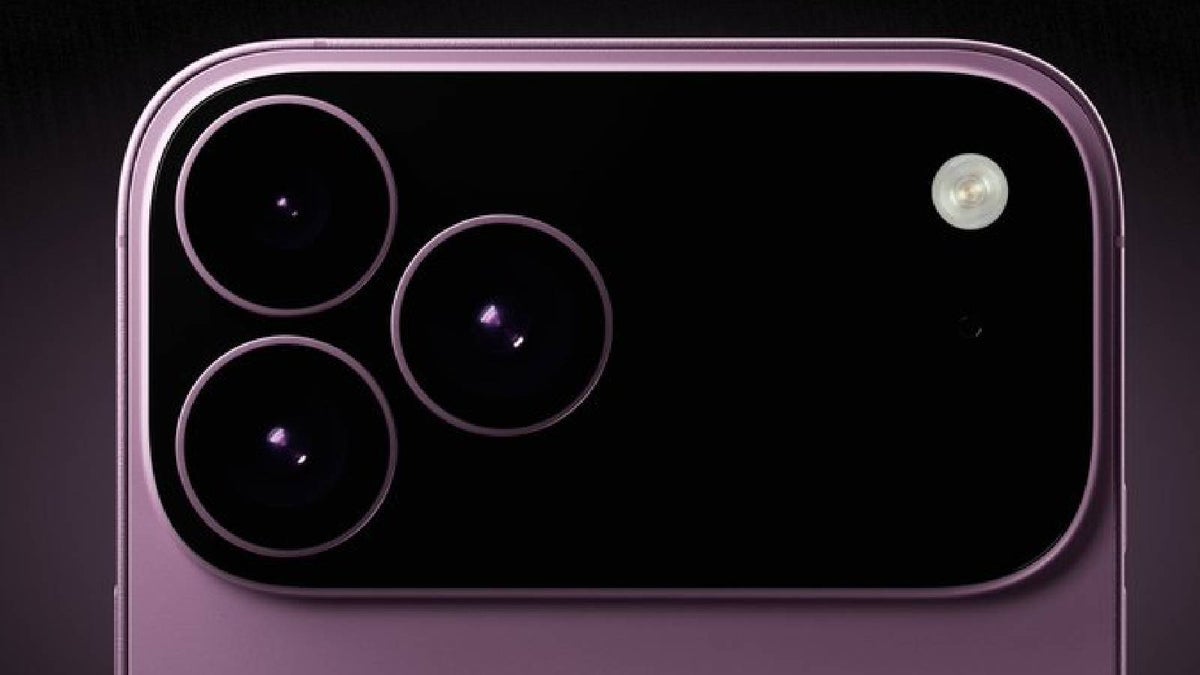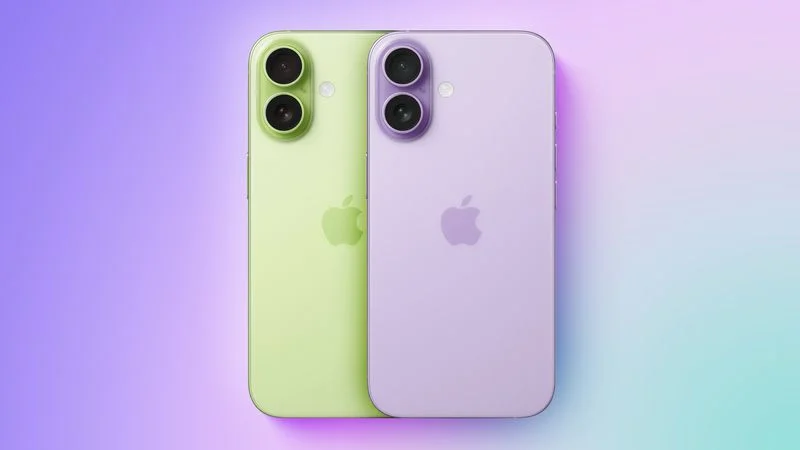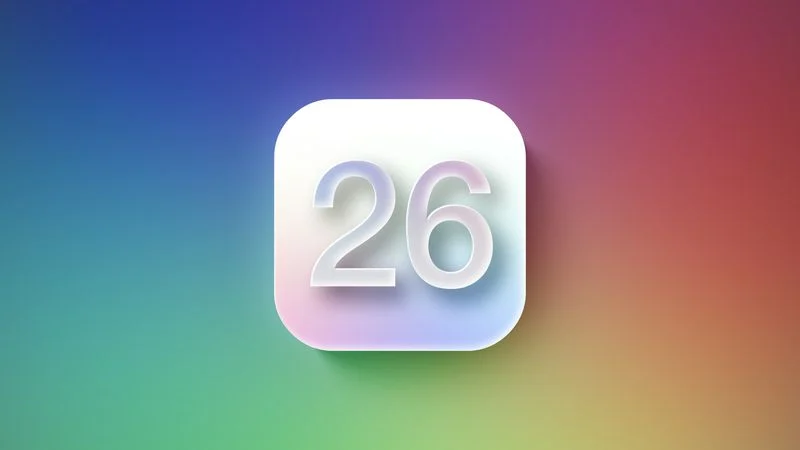Apple is working on big changes for the iPhone and iPad. In the next few years, iPhones are expected to get a true all-screen design. This means the front of the phone will be just a display, with no visible camera or Face ID cutouts. Apple plans to hide the Face ID sensors under the screen first, possibly by 2027, and then the front camera will also move under the display. This will make the iPhone’s screen look cleaner and more modern.
Meanwhile, Apple is making iPads more powerful for multitasking. With the upcoming iPadOS 26 update, the Stage Manager feature will work on even more iPad models, not just the most expensive ones. Stage Manager lets users easily organize and switch between multiple apps, making the iPad feel more like a computer. This update means more people will be able to use their iPads for work, school, or creative projects.
In short, Apple is making its devices look better and work smarter. The iPhone is moving toward a seamless screen, and iPads are getting easier to use for multitasking. These changes show that Apple is focused on both design and productivity for its users.







